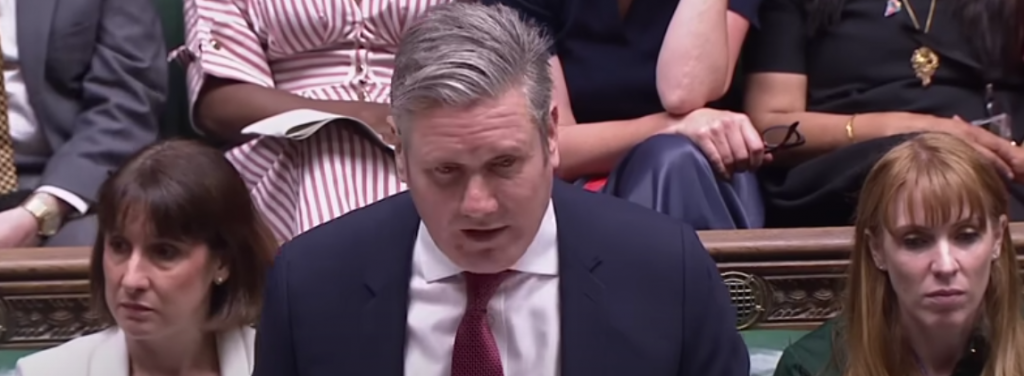Will some be more equal than others?

October is Black History Month. Labour marked this by issuing a Tweet saying that it is: “the time to celebrate the achievements and contributions of Black communities and acknowledge the inequality they still face.” To this end, Labour’s message went on: “Labour will introduce a Race Equality Act to tackle structural racial inequalities.”
Here’s the problem with this proposal. There already exists a law to do just this. The Equality Act. In force since 1 October 2010. Passed by Labour in April 2010. It followed three separate government reviews in 2000, 2003 and 2007 and brought together into one all the different anti-discrimination laws (race, sex etc.,.) which had grown higgledy piggledy since the 1960’s onwards – more than 116 separate laws. It strengthened some protections and sought to make them clearer. It is – necessarily – a long Act (218 sections and 28 Schedules).
Broadly, it sets out to achieve 3 main goals:
- It lists the various characteristics which protect people from discrimination on those grounds. 9 of them: race, sex, sexual orientation, pregnancy, marriage/civil partnership, gender reassignment, disability, religion or belief. It sets out what is forbidden, in what circumstances and what exceptions may be made, when and how and on what basis.
- It creates a delicate equality ecosystem in which the rights of all those covered by the Act need to be carefully considered and, where they clash, carefully balanced. It is not meant to be a hierarchical Top Trumps approach.
- There is a Public Sector Equality Duty (“PSED“) contained in its very first section. It is worth quoting in full: “An authority to which this section applies must, when making decisions of a strategic nature about how to exercise its functions, have due regard to the desirability of exercising them in a way that is designed to reduce the inequalities of outcome which result from socio-economic disadvantage.” Those authorities must take account of guidance issued by Ministers, whether at Westminster or in the devolved assemblies. The PSED is specifically designed to deal with structural inequalities, including racial ones. But, crucially, not just those.
Given this, what exactly is the point of a Race Equality Act? What would it do that the Equality Act and its Public Sector Equality Duty don’t do? And if the Equality Act is deficient in some respects, why not simply amend it? The recommendations of Labour’s Race Equality Advisor Group can, after all, be incorporated into government guidance which public sector bodies must pay heed to.
Why is another Act needed? And why only for race? Why, for instance, should there not be a Sex Equality Act? Or a Disability Equality Act? And so on. And if only one characteristic is privileged in this way, what exactly is the reason for creating such a hierarchy?
Given that this promise was one of Starmer’s first legislative pledges, made in 2020, it should not be hard for Starmer and Labour Shadow Ministers – principally Anneliese Dodds, Minister for Women and Equalities – to come up with a clear, coherent answer. Perhaps they will do so during their conference. It may, after all, be the last one before a General Election.